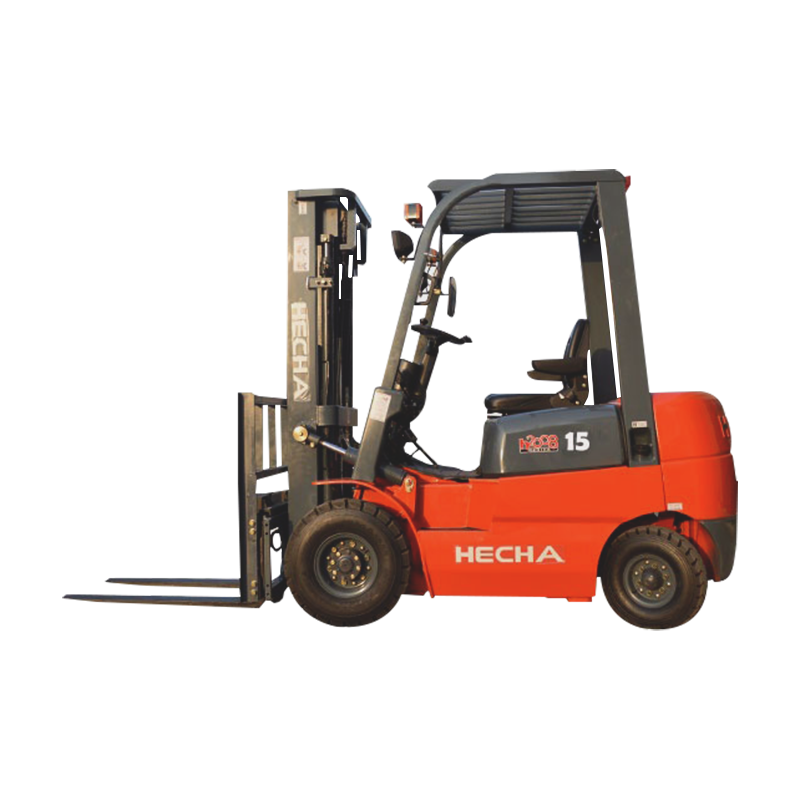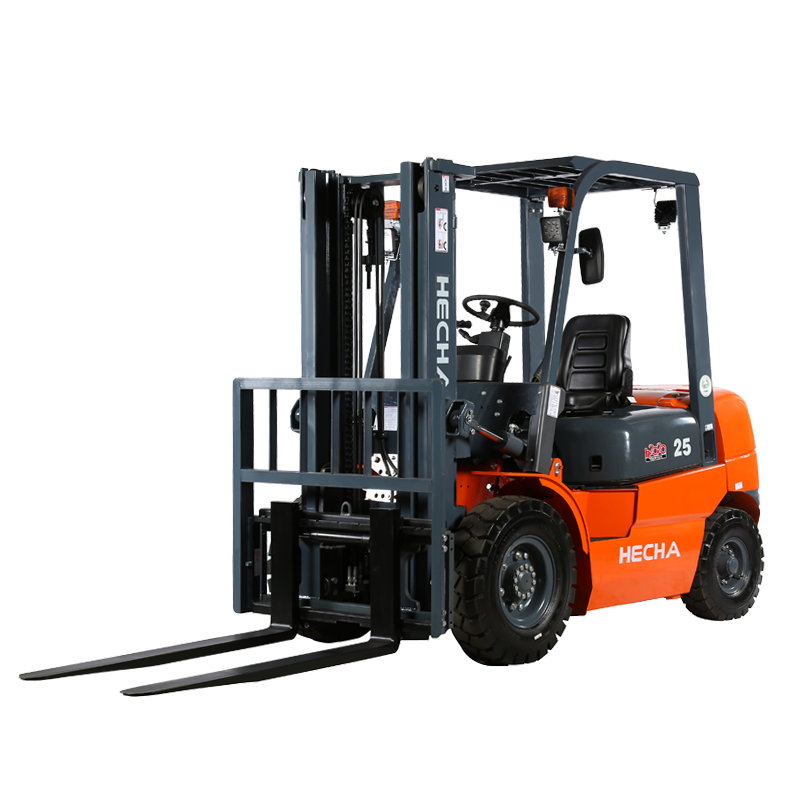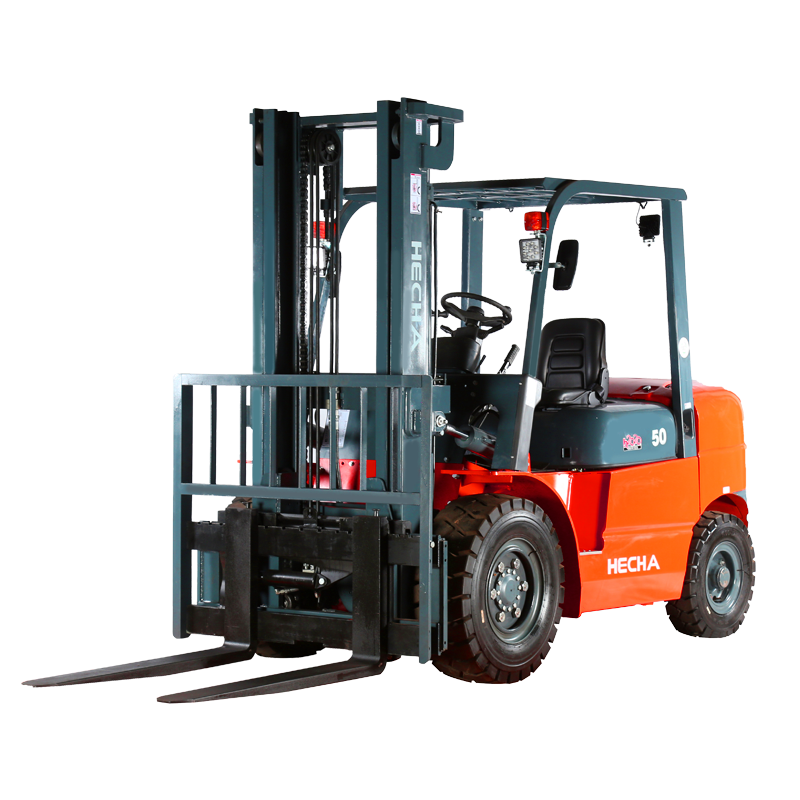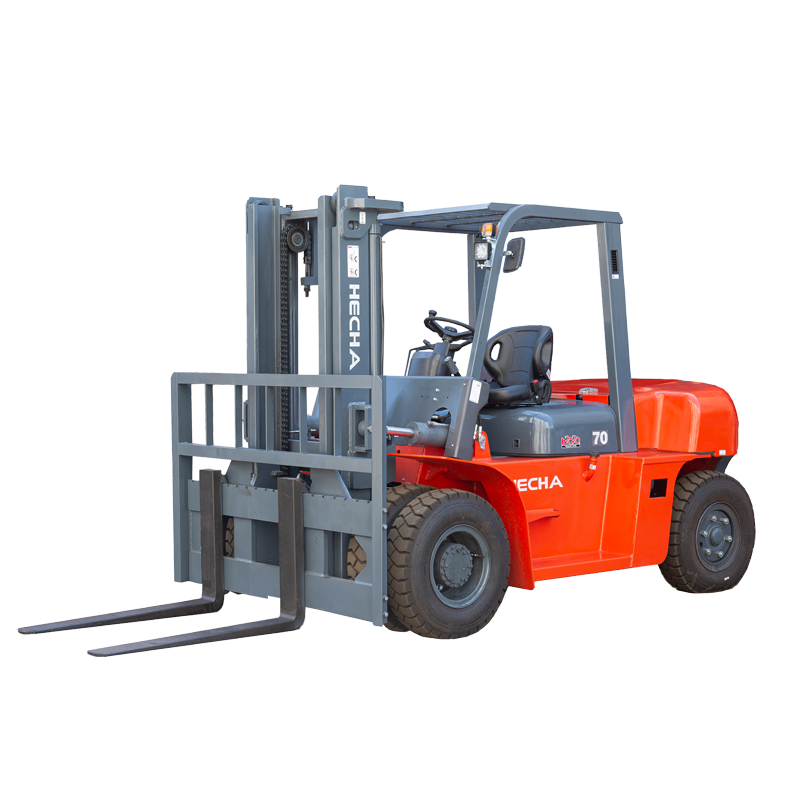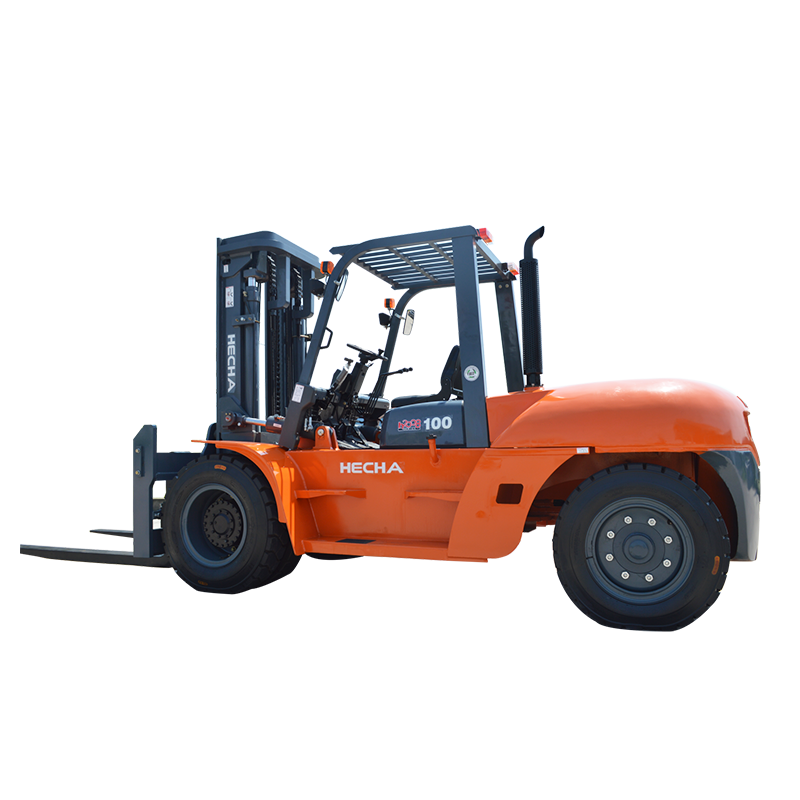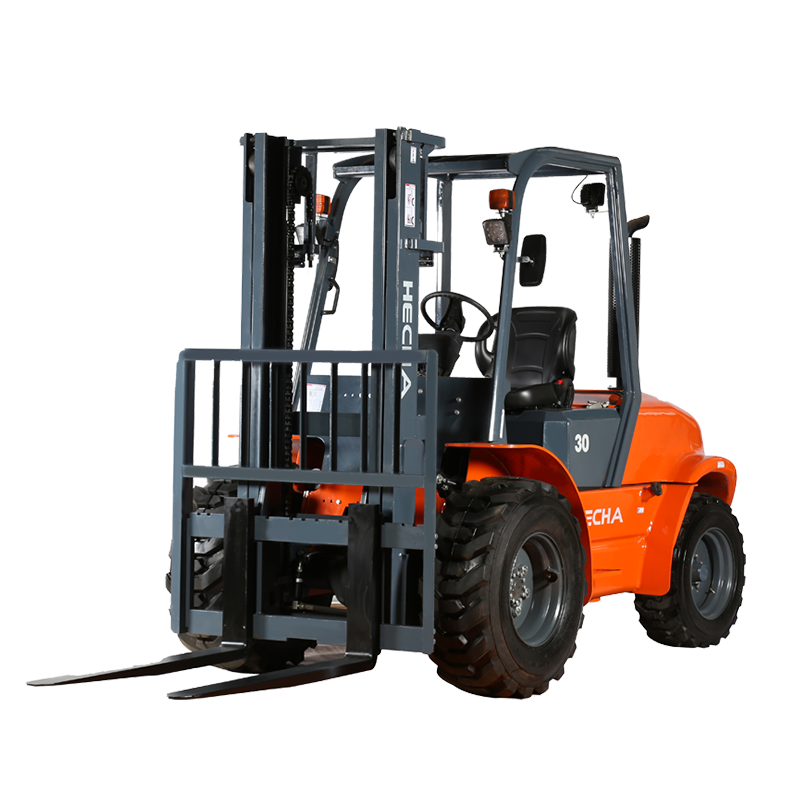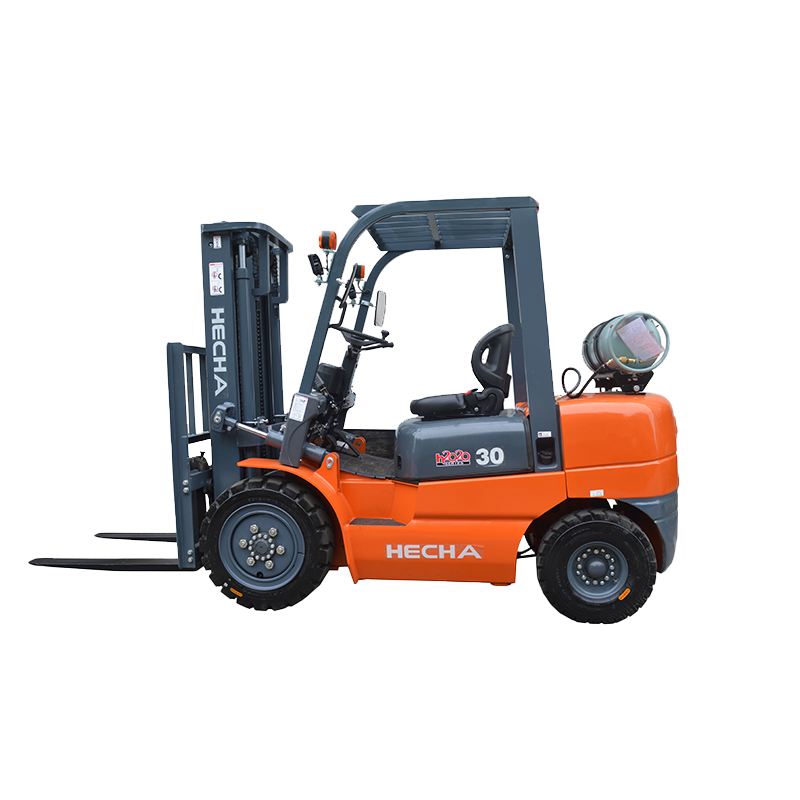In the field of industrial material handling, 1.5-5 ton diesel forklifts occupy an irreplaceable core position. The setting of this tonnage range is not accidental, but the optimal solution verified by long-term practice, which can accurately match the handling needs of most industrial scenarios. It not only avoids the inability of low-tonnage equipment under heavy-load conditions, but also avoids the redundant waste of large-tonnage models in routine operations, thus achieving a high balance between efficiency and economy.
From light logistics to medium-sized manufacturing, the load distribution of industrial handling shows a clear trend of concentration. Handling needs below 1.5 tons can usually be completed by more flexible electric equipment or manual tools, while operations over 5 tons belong to the category of heavy handling and are only suitable for specific industries. The 1.5-5 ton range just covers typical tasks in mainstream scenarios such as manufacturing, warehousing and logistics, construction sites, and port terminals-whether it is the high-frequency turnover of palletized goods or the short-distance transportation of medium-sized mechanical parts, this tonnage level of forklifts can do it. Its carrying capacity is sufficient to handle most standardized loads, while it will not cause the equipment to be bulky or consume too much energy due to over-design. This precise match allows enterprises to complete a variety of handling tasks efficiently with just one machine without having to frequently replace equipment.
Diesel power further enhances the applicability of this tonnage range. Compared with electric forklifts, diesel models are more stable when operating at high intensity, especially suitable for outdoor environments or sites with complex working conditions. 1.5-5 ton diesel forklifts not only retain sufficient maneuverability, but also have strong continuous output capacity, and can adapt to long-term, multi-batch handling needs. For example, in building materials storage, it can easily carry bundles of steel bars or bags of cement, and can also operate stably in gravel sites without frequent efficiency reduction due to load fluctuations or harsh environments. This adaptability makes diesel forklifts in this tonnage range a "universal player" in the industrial field, which can meet conventional needs and maintain reliable performance under special working conditions.
From an economic perspective, the configuration of 1.5-5 ton diesel forklifts also meets the rational choice of industrial users. Equipment with too low tonnage may be stretched when facing sudden heavy loads, forcing companies to configure additional spare models with higher tonnage, resulting in idle resources. Forklifts with too high tonnage not only have higher purchase costs, but also increase fuel consumption and maintenance costs in daily operation. The 1.5-5 ton setting effectively avoids these extreme situations, enabling companies to achieve the optimal input-output ratio over the entire life cycle of a single device. In addition, the maintenance convenience and long service life of diesel power further reduce the overall operating costs, making forklifts in this tonnage range more cost-effective in long-term use.
In actual applications, the design of 1.5-5 ton diesel forklifts also fully considers the convenience of human-machine collaboration. Its tonnage range determines the moderate size of the fuselage, which not only ensures sufficient stability, but also does not affect the maneuverability in narrow aisles or dense shelves due to its large size. The operator can intuitively judge whether the load is close to the upper limit of the equipment without relying on complex sensor prompts. This intuitive operation further improves the operating efficiency. At the same time, the instantaneous torque characteristics of the diesel engine make the forklift of this tonnage perform steadily when starting and climbing, avoiding the power lag problem that may occur in electric models, so that it can still maintain a smooth operating rhythm in complex terrain.
The tonnage setting of 1.5-5 ton diesel forklifts is by no means arbitrary, but the best intersection of industrial needs and technical feasibility. It can cover most handling scenarios without wasting resources due to excess capacity; it can adapt to high-intensity operations while maintaining sufficient flexibility and economy. This characteristic of accurately matching core needs makes it an indispensable basic equipment in the field of industrial logistics, and also explains why diesel forklifts in this tonnage range can occupy the mainstream position in the market for a long time. Whether from the perspective of functional adaptation, economy or long-term reliability, it represents the most pragmatic and balanced choice in the field of industrial handling.

 English
English 中文简体
中文简体 русский
русский Français
Français Español
Español

